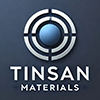Showing 13–17 of 17 results
-
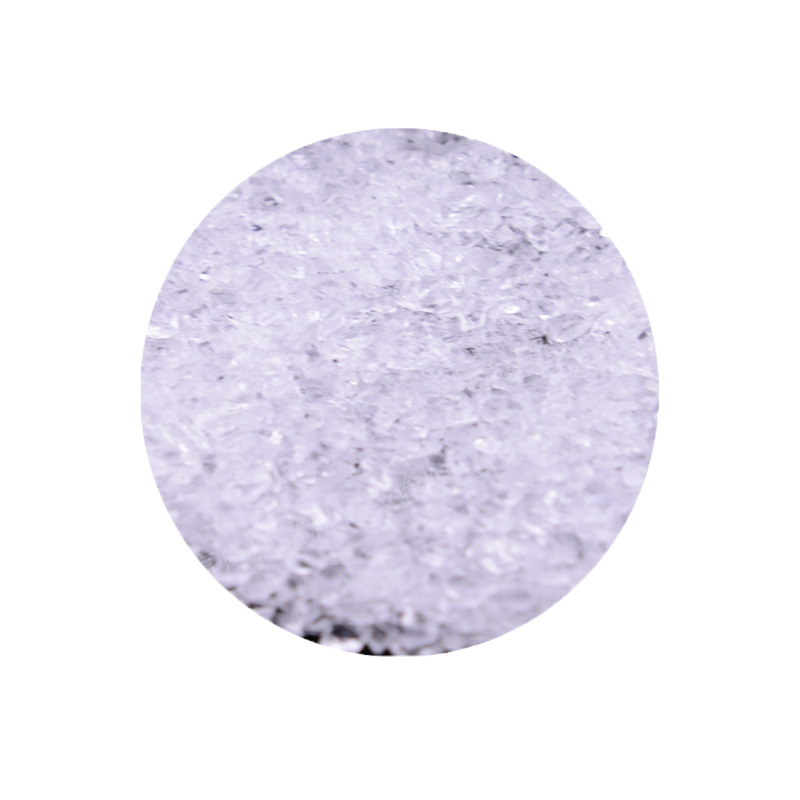
- High UV Transparency: Na₃AlF₆ is transparent in the UV and IR spectral regions, making it suitable for optical coatings in UV-sensitive applications.
- Good Adhesion: Forms thin films with excellent adhesion to a variety of substrates.
- Low Refractive Index: Offers a low refractive index, which is beneficial for anti-reflective coatings and optical interference filters.
- Corrosion Resistance: Provides a protective layer with good resistance to chemical and environmental factors.
-
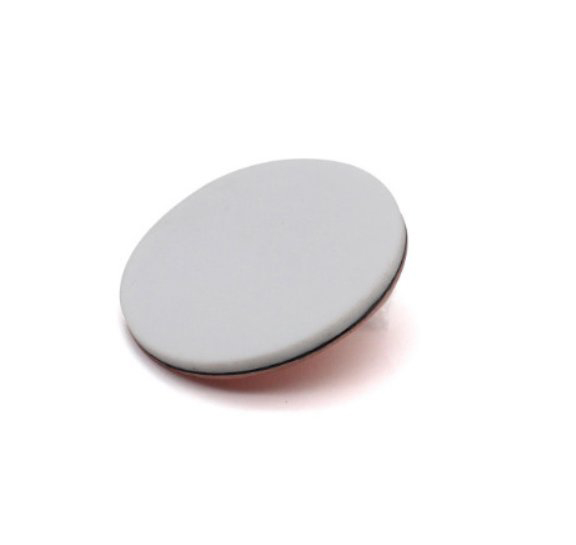
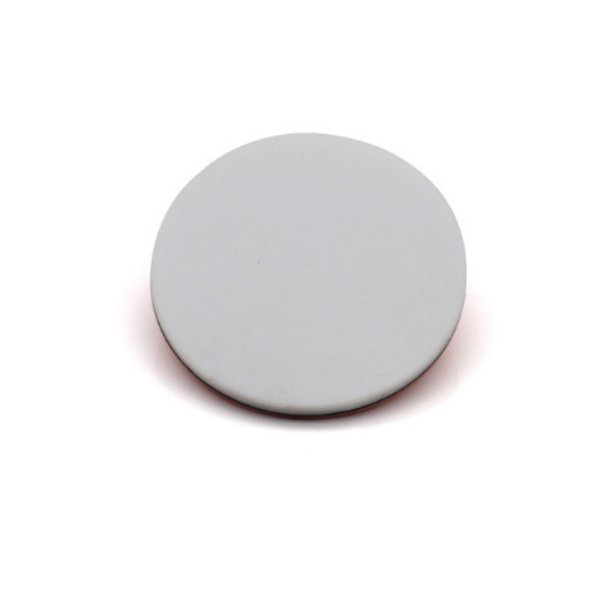
- Chemical Resistance: PTFE is highly resistant to a wide range of chemicals, including acids, bases, and solvents, making it ideal for corrosive applications.
- Non-Stick Surface: The material’s low surface energy allows for the production of coatings that resist adhesion, which is beneficial in various applications.
- Electrical Insulation: Excellent dielectric properties make it a great choice for insulating electrical components.
- High Temperature Resistance: PTFE can withstand a broad temperature range, maintaining its performance even at high temperatures.
- Durable Coatings: PTFE sputtering targets produce uniform and durable coatings with low friction and high wear resistance.
-
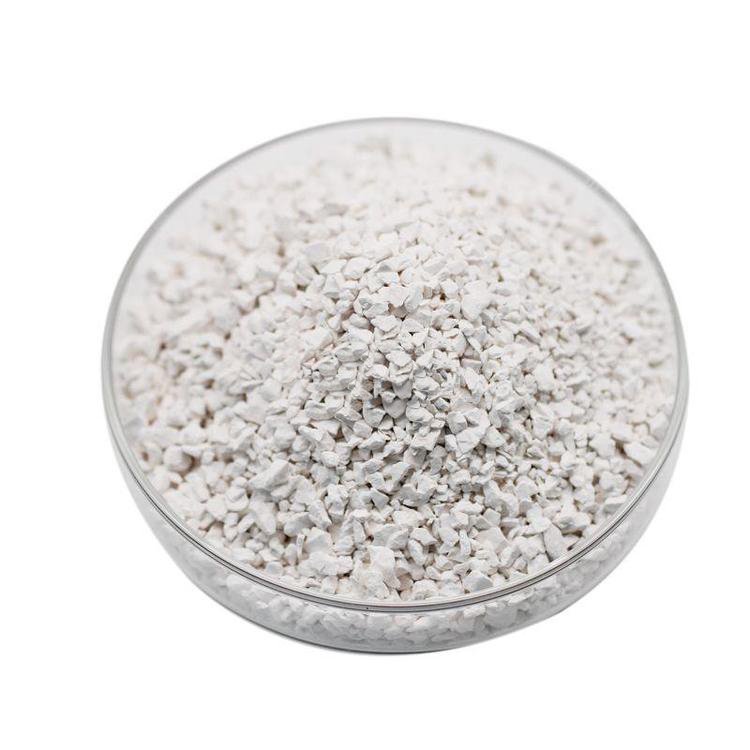
- High Transparency in IR Spectrum: YbF₃ offers exceptional transparency from the ultraviolet (UV) through to the mid-infrared (MWIR) region, making it perfect for optical applications.
- Low Refractive Index: The low refractive index of YbF₃ is beneficial for anti-reflective coatings, reducing unwanted light reflection and enhancing transmission.
- Chemical and Thermal Stability: YbF₃ is stable under high temperatures and chemically resistant, ensuring durability in harsh environments.
- Smooth Film Deposition: It provides smooth, defect-free thin films that are ideal for precise optical performance.
-
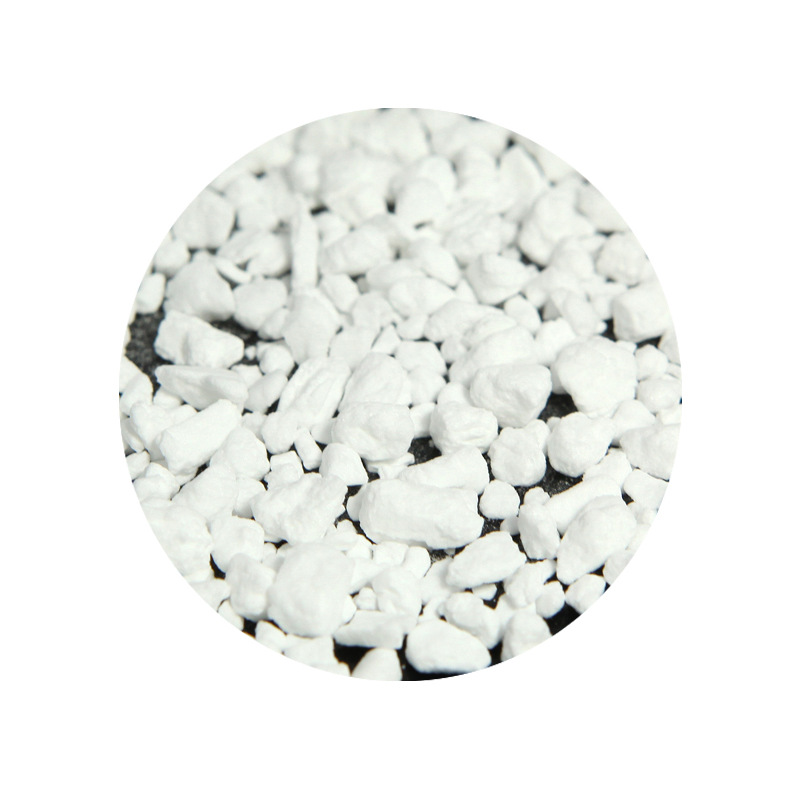
- Wide Transmission Range: Offers excellent transparency from UV (down to 200 nm) to IR (up to 10 µm), making it versatile for various optical applications.
- Low Refractive Index: Has a low refractive index (~1.5), which makes it a good material for anti-reflective coatings.
- High Chemical Stability: YF₃ is chemically inert, ensuring long-lasting coatings that resist corrosion, oxidation, and environmental wear.
- Low Absorption: Provides coatings with minimal light absorption, especially important in high-energy optical and laser systems.
- Thermal Stability: Offers good thermal stability, making it suitable for high-temperature deposition processes.
-
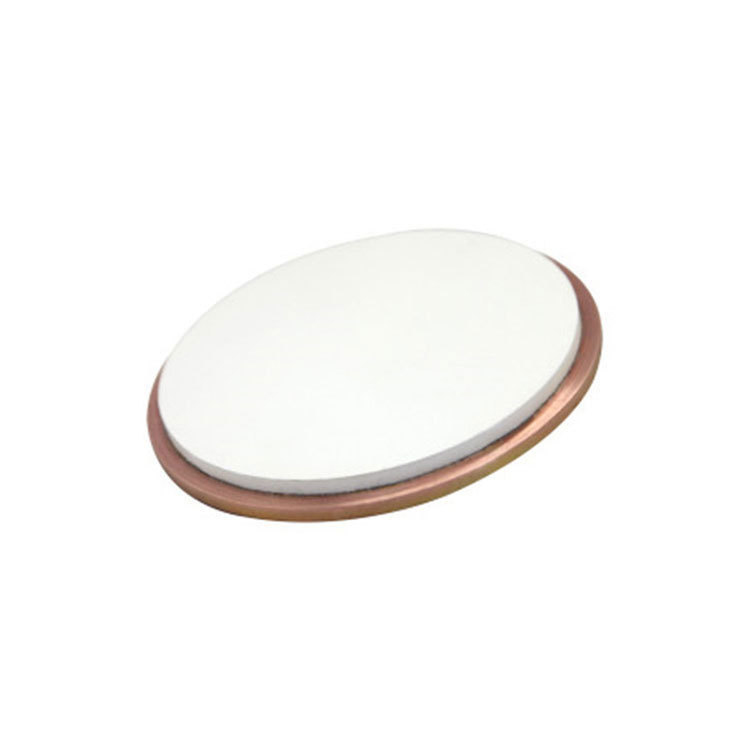
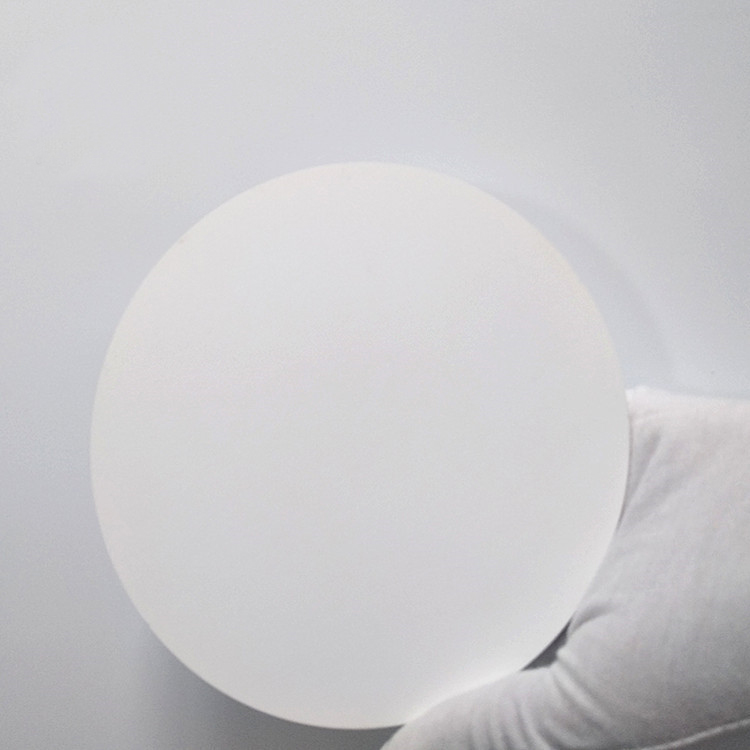
- Low Refractive Index: YF₃ films offer a low refractive index, making them ideal for anti-reflective coatings and optical thin films.
- High Purity: Available in ≥99.9% purity, ensuring clean deposition and minimal contamination in thin-film applications.
- Chemical Resistance: Resistant to acid and alkali, making it suitable for harsh environments.
- Optical Transparency: High optical transparency in the UV and visible spectra, enhancing the performance of optical coatings.
- Durability: Offers excellent mechanical properties and resistance to environmental degradation, ensuring long-term stability.
